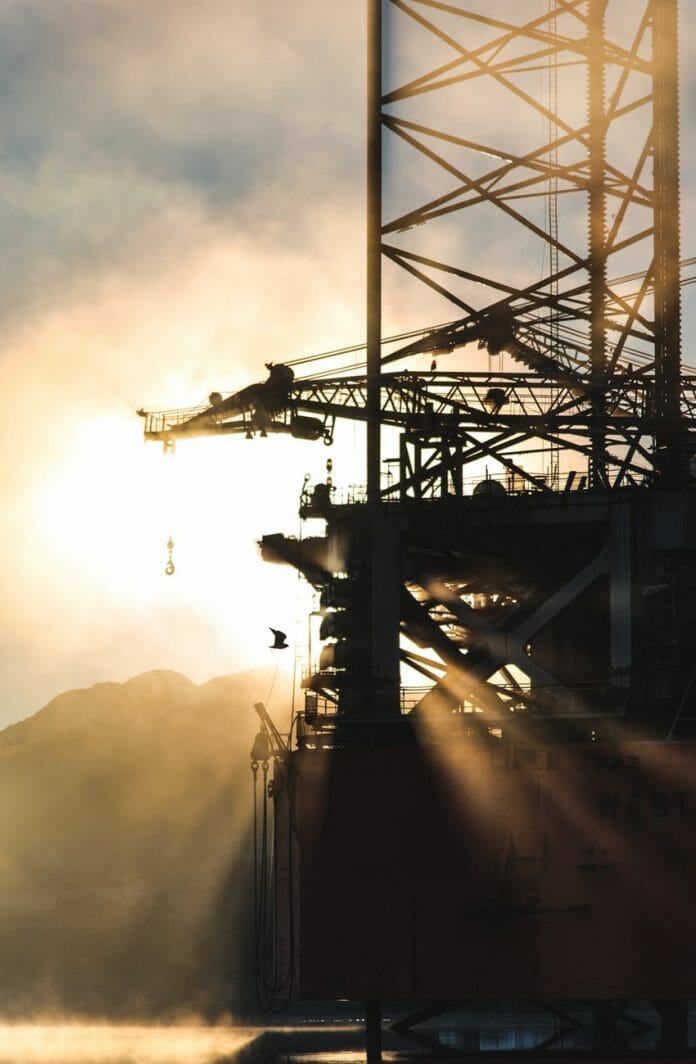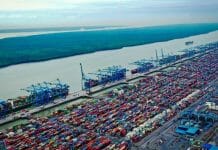Kenanga Research has maintained its 2023 average Brent crude oil price assumption at USD80 per barrel. Nonetheless, this is still far higher than pandemic and even pre-pandemic levels, with oil demand expected to stay steady above the 100m barrels/day mark throughout the year. It expects depleting global inventories in early-2023 to push Brent prices up back to around the USD90 per barrel level, although some downward pressures could emerge in second half of the year (2HCY23) barring the possibility of further supply disruptions.
Upside risks to its assumptions include a sooner-than-expected China reopening, while possible downside risks include potential global recessionary impacts affecting demand.
Expected ramp-up in spending and activity levels. Kenanga is still expecting Petronas to reach a full-year capex of RM60 billion in 2022. YTD, Petronas has incurred a capex of only RM27.4 billion (a 35% jump YoY), and hence, the research house is still anticipating back-loaded spending in 4QCY22. It is noted that 4Q has always been the seasonally strongest quarter for Petronas capex spend over the past few years (as reference, 4QFY21 capex spend constituted 41% of the full-year’s capex spend of RM30.5 billion).
Going into 2023, the research house is expecting Petronas capex to stay levelled from 2022 levels, with oil and gas upstream still remaining the largest area of investment, and as such, we should see sustained activity levels.
Petronas’ current net-cash position remains strong at RM103 billion – highest it has ever been since end-FY18, further helped by the current strong oil prices, and as such, there is little difficulties in Petronas meeting both its capex and dividend commitments, even if it were to raise its dividends in 2023 from the originally intended RM35 billion (from 2022 of RM50 billion).
Prime beneficiaries of higher Petronas capex, and in sustained local activity levels, include the likes of DAYANG (from higher demand for offshore maintenance, and hook-up & commissioning works), UZMA (on higher brownfield activities – e.g., well services, oil production enhancements), as well as VELESTO (from pick-up in demand for jack-up drilling rigs).
Meanwhile, globally, 2023 is expected to see a further ramp-up in offshore exploration and production (E&P) capex, especially from 2020-2022 levels, as an aftermath of under-investments in the industry over the past several years.
All three of our Bursa-listed FPSO players such as YINSON, MISC, and ARMADA, have been actively participating in international job bids, with opportunities emerging from Latin America, Asia Pacific and Africa. The FPSO space is starting to see a supply squeeze – i.e., many global FPSO players are already pre-occupied with jobs developing at hand, and hence, more recent bids have started to see very few bidders, making it very much an operator market.
Sector valuations still yet to fully reflect fundamental recovery. Kenanga believes valuations for the overall sector in general have still yet to fully reflect the underlying fundamental recovery.
Despite strong oil prices, the KL Energy index is still far below 2019 levels, and in fact, has been trading at a divergence against the rally of Brent crude since mid-2021. The valuation of the KL Energy index is currently near a trough, despite the stronger corporate earnings seen especially in the recently concluded quarter – suggesting that share prices have yet to fully reflect the underlying fundamental recovery within the sector.
The research house has maintained an OVERWEIGHT rating on the Oil & Gas sector, premised on the factors such as oil prices remaining elevated at current levels; recovery in investment spending and activity levels from oil majors; undemanding valuations and buying opportunities throughout the sector. Top picks are PETRONAS Chemicals (PCHEM) and Bumi Armada (ARMADA).
Kenaga picks PCHEM because it is a beneficiary of the elevated crude oil and petrochemical prices. Given its arrangement with Petronas, PCHEM benefits from a favourable feed-cost structure against peers – i.e. most of PCHEM’s gas feed stock can be procured from Petronas at a fixed pre-agreed price, while other players could be hampered by the volatile input cost environment.
Besides, PCHEM also enjoys dominant market share regionally, which will be further cemented by the start-up of its Pengerang complex – increasing its capacity by ~15%. Target price (TP) is pegged to 11x PER – in-line with other regional petrochemical giants (e.g. Formosa Chemicals, LG Chem).
As for ARMADA, it has restored its financial health with its borrowings level becoming more manageable (net-gearing level has been reduced to 1.0x currently, as compared to 2.4x in end-FY20). It is currently eyeing expansion and scouting for new jobs.
The global FPSO market is currently tight at the moment, with ample job opportunities but limited competition as many incumbents are already fully loaded with jobs at hand. Operating in a tight and favourable market, it is believed it is an eventuality for ARMADA to secure its next large-sized FPSO project to act as a re-rating catalyst for the stock. Its TP is derived from its SoP-valuation, and has yet to factor in any new contract win assumption.









